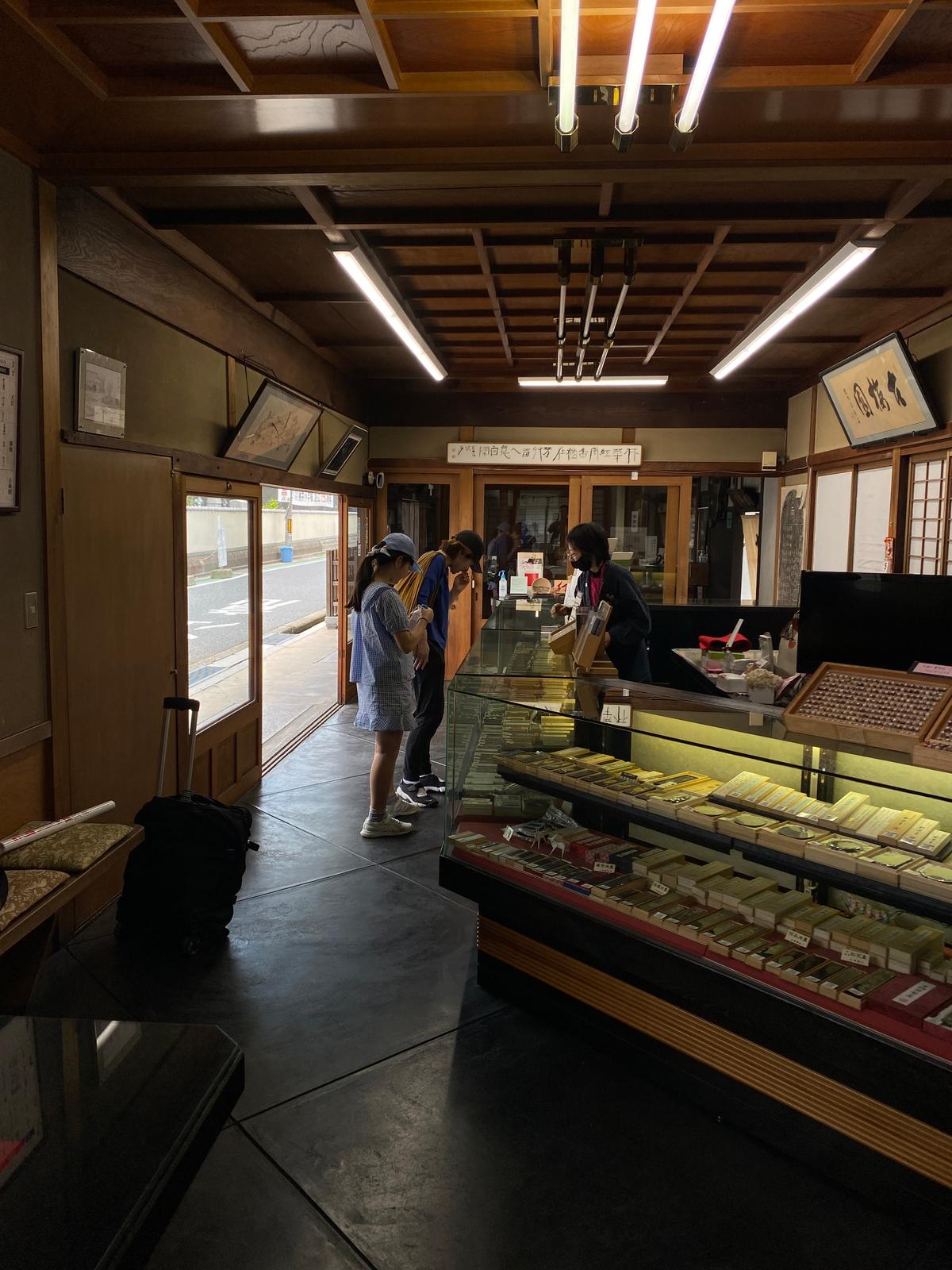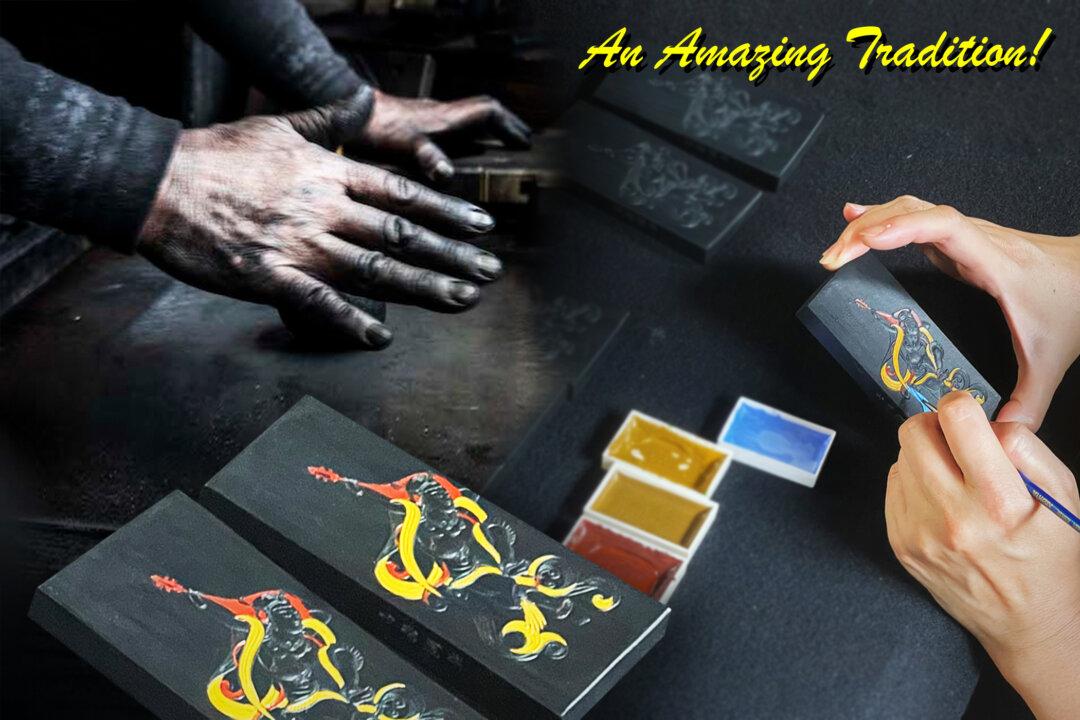Craftsmen at an almost 450-year-old Japanese ink shop are using their bare hands to knead dough, made from fine soot and animal glue, into high-quality, 200-gram calligraphy ink bars that retail for over $1,000 a bar.
Kobaien in Nara, Japan, was established in 1577 and makes sumi ink to this day through “earthenware smoke collection,” a traditional method, influenced by Chinese ink craftsmen, that has remained unchanged for over four centuries. Kobaien believes that by “valuing the traditional method and sticking to the old-fashioned way of production,” they can continue to produce the highest quality ink.
The Kobaien ink has long been used by Japanese emperors, shoguns, and aristocrats and is used by modern patrons for calligraphy, minimalist ink wash painting, lacquering, and a cloth-dyeing method known as “sumizome”.
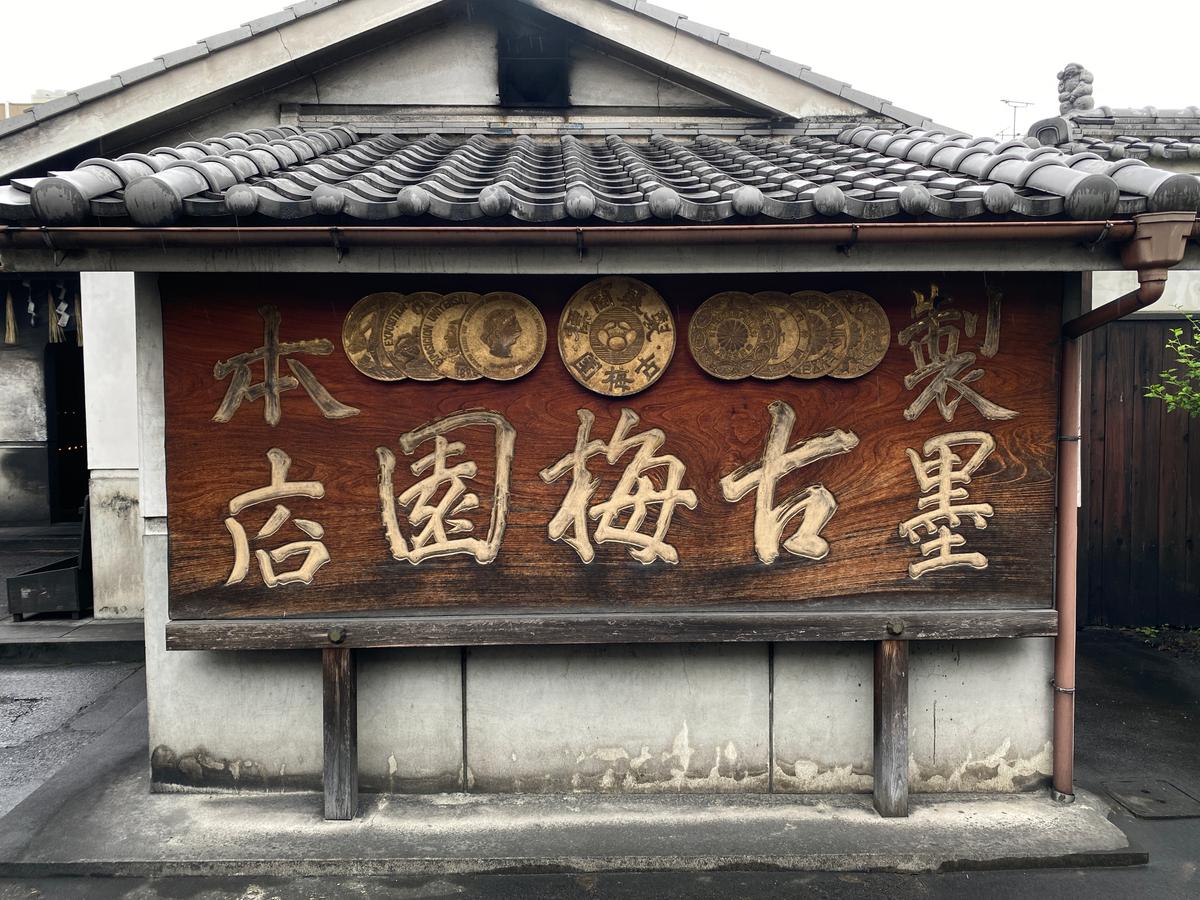
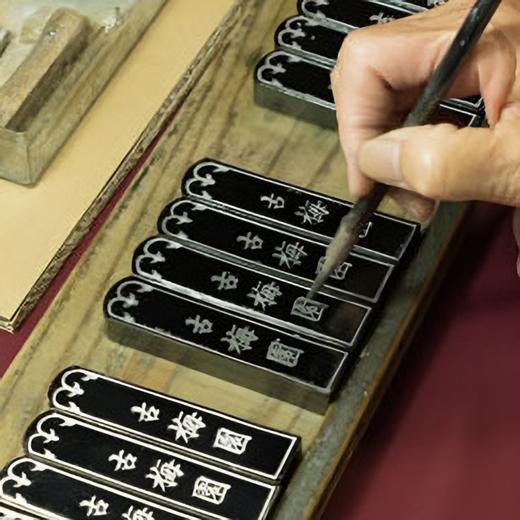
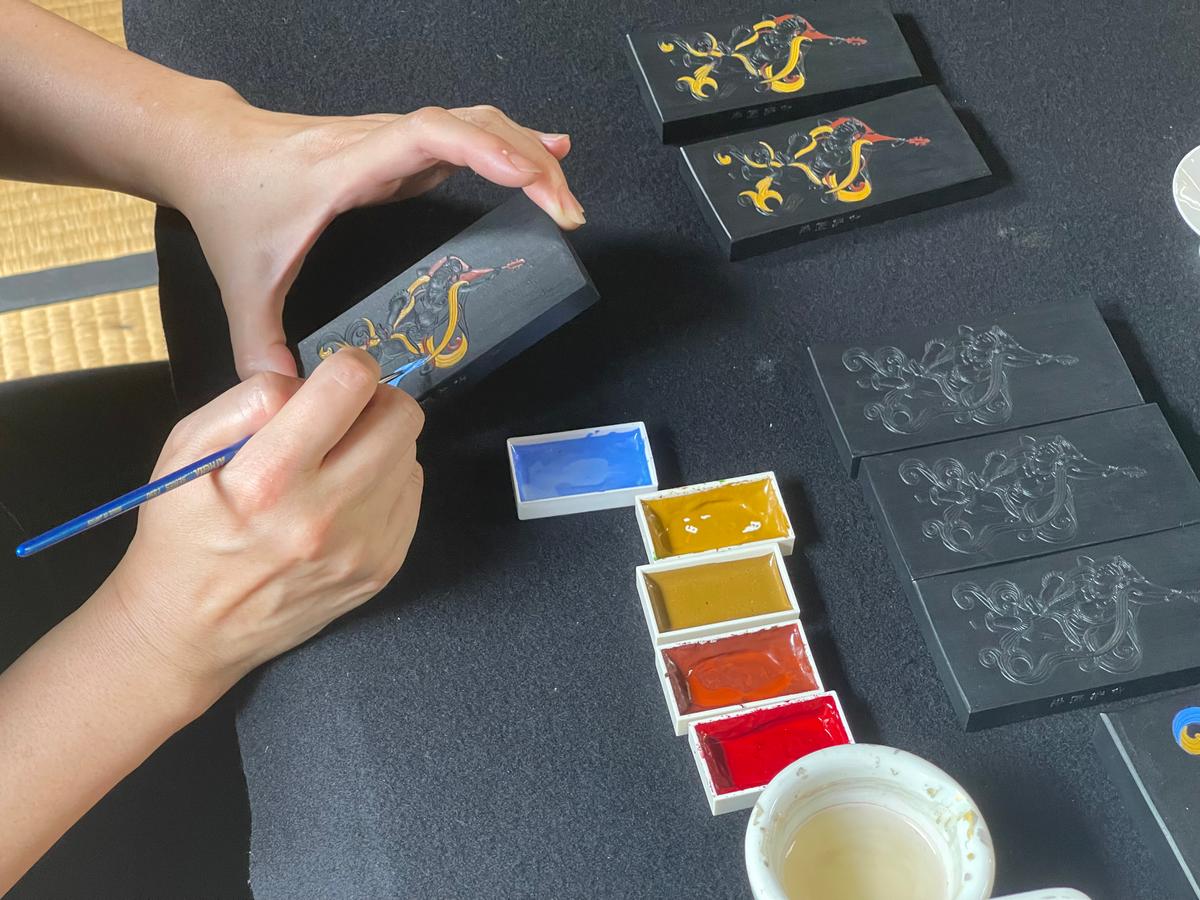
The Kobaien craftsmen burn vegetable oil, mainly rapeseed or sesame seed, in a covered non-porous earthenware vessel with a hand-woven wick made from rush stems, and collect the soot in a process called “saien,” meaning “collecting smoke.” They add fine animal glue and meditative fragrances to create “sumidama,” a soft ink dough that is carefully kneaded by experienced artisans, molded into sticks, and dried.
“The process of rubbing ink stick on an inkstone is a meditative experience that cannot be had with chemically synthesized ink,” a representative of Kobaien told The Epoch Times, adding that the price of an ink bar is largely determined by the “meticulous and time-consuming manufacturing process” and the quality of the materials.
Kobaien has four smoke collection chambers, each containing 100 earthenware vessels. The burning wick inside each vessel is placed off-center in order for smoke to accumulate, and soot is collected, over a two-hour period five times a day, by rotating the lids every 20 minutes and scraping off the soot inside. Soot is then stored in a warehouse and left to “sleep” until mixing begins.
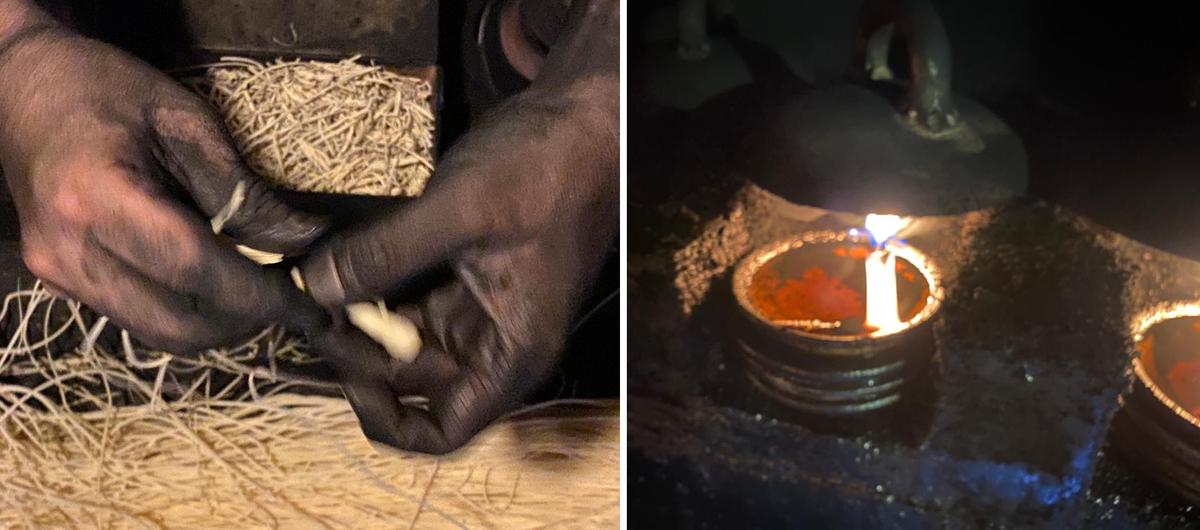
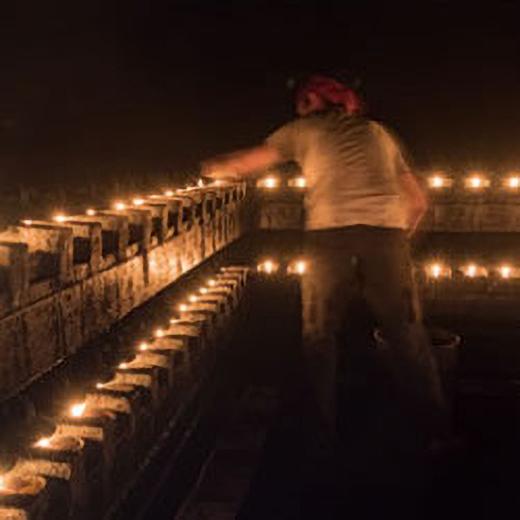
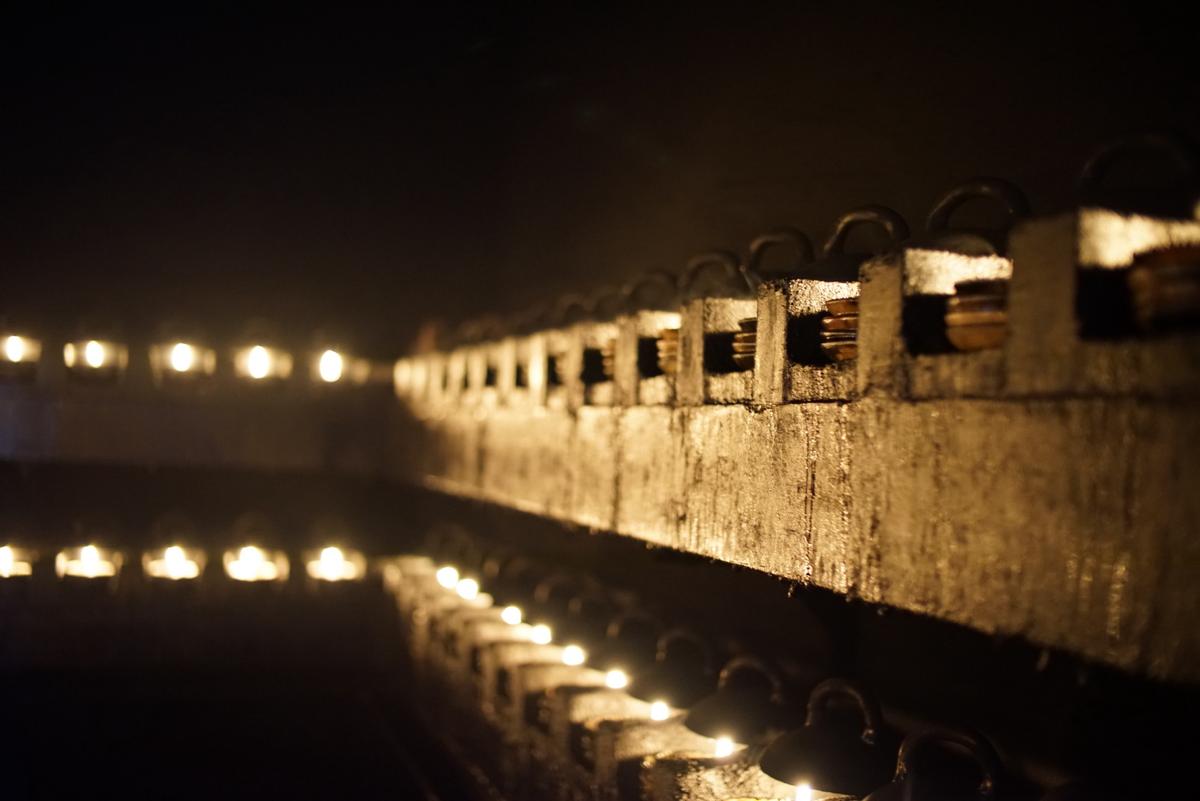
“The production of sumi ink requires the utmost care and love,” the Kobaien representative said. “The drying process alone takes more than six months, followed by a maturation and drying period of more than four years.
“In fact, the longer the drying period, the better the quality of the sumi ink and the higher the price. Some of them are several hundred years old.”
The oldest surviving Kobaien ink bar is around 350 years old. Bars made from soot extracted from more expensive oils, such as paulownia, camellia, and sesame, can cost more than four times as much as a rapeseed bar. While machine-made ink bars have since flooded the market, Kobaien has found its niche among discerning customers for its commitment to the traditional method.
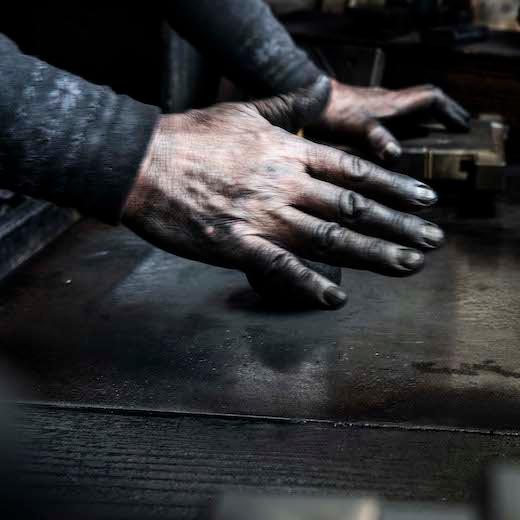
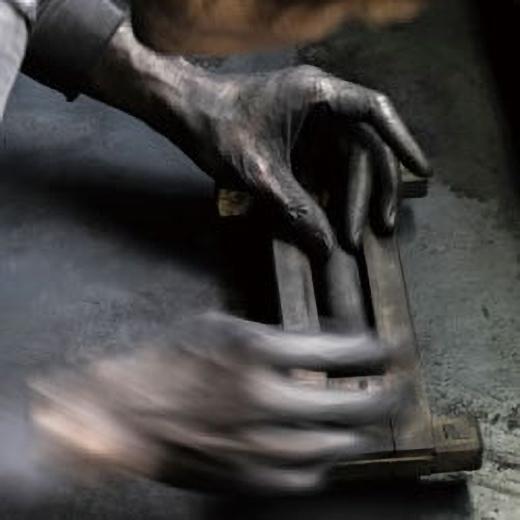
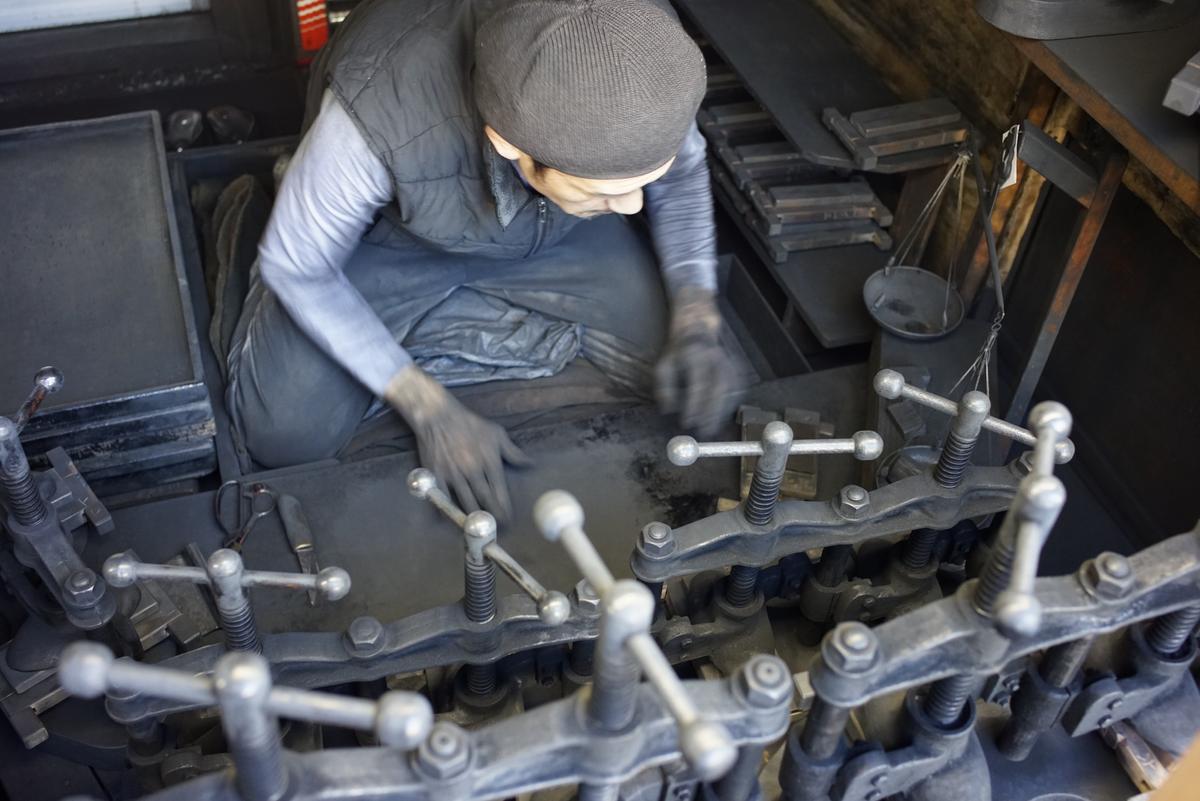
“Unlike the way modern industrial products are made, our ink stick production is not made in a sequential process,” Kobaien said. “The amount of glue, soot, and water to be mixed changes depending on the temperature and humidity each morning.”
Once the dough has been mixed and molded into bars, the drying process is just as delicate. Bars can crack if dried too quickly, so craftsmen cover the molded bars with wet sawtooth oak ash, which is gradually replaced by dry ash, every day for up to 40 days until the bars are 70 percent dry.
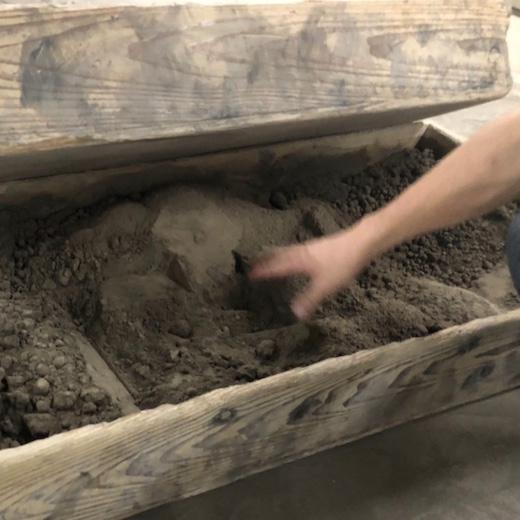
Next, the bars are tied together with straw and hung to dry in-house for around six months, in moderate humidity. It takes at least four years for the ink to fully dry out and mature. By gently grinding the finished product in water on an inkstone, a finished sumi ink stick becomes jet-black liquid ink.
“While chemically synthesized ink can be mass-produced in a short time with uniform color, it lacks depth and richness,” Kobaien said. “The ink made from finer particles of soot has a unique, deep black color that cannot be reproduced by chemically synthesized ink. It also absorbs into the paper differently, giving it a three-dimensional effect.”
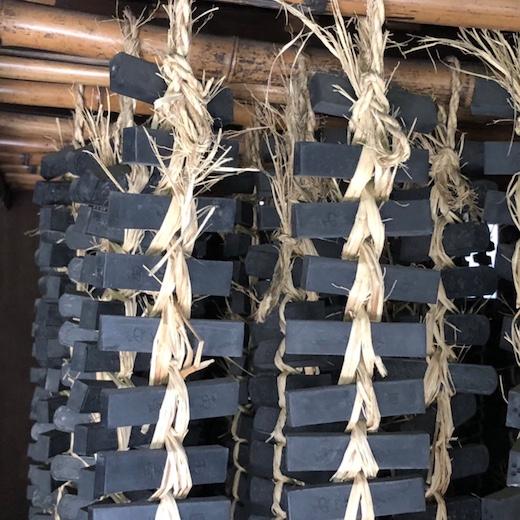
“There’s an old saying: ‘Sumi ink has seven colors,’” the representative said, adding, “Once, an ink painter told me that when he painted a picture using Kobaien’s sumi ink, he could express the air between the mountains in the distance and the place where he was now. I believe that is what our ink stick and its making is all about.”
The first recorded instance of ink bars coming into Japan is in the Nihonshoki (The Chronicles of Japan), one of the oldest documents in Japan; in 610 CE, the king of the Goguryeo Kingdom on the Korean peninsula allegedly sent two monks to Japan with sumi ink sticks.
But even before the Nihonshoki, the people of Japan had “active exchanges” with the old dynasties of Sui and Tang of mainland China, and several dynasties on the Korean peninsula, the Kobaien representative said, confiding, “We believe that many intellectuals and craftsmen with knowledge of ink stick manufacturing had already entered Japan ... even if they are not recorded.
“Our most important goal is to reproduce the ink sticks made in the Edo period [from the] 17th to 19th century, when ink making was considered to have been perfected.”
